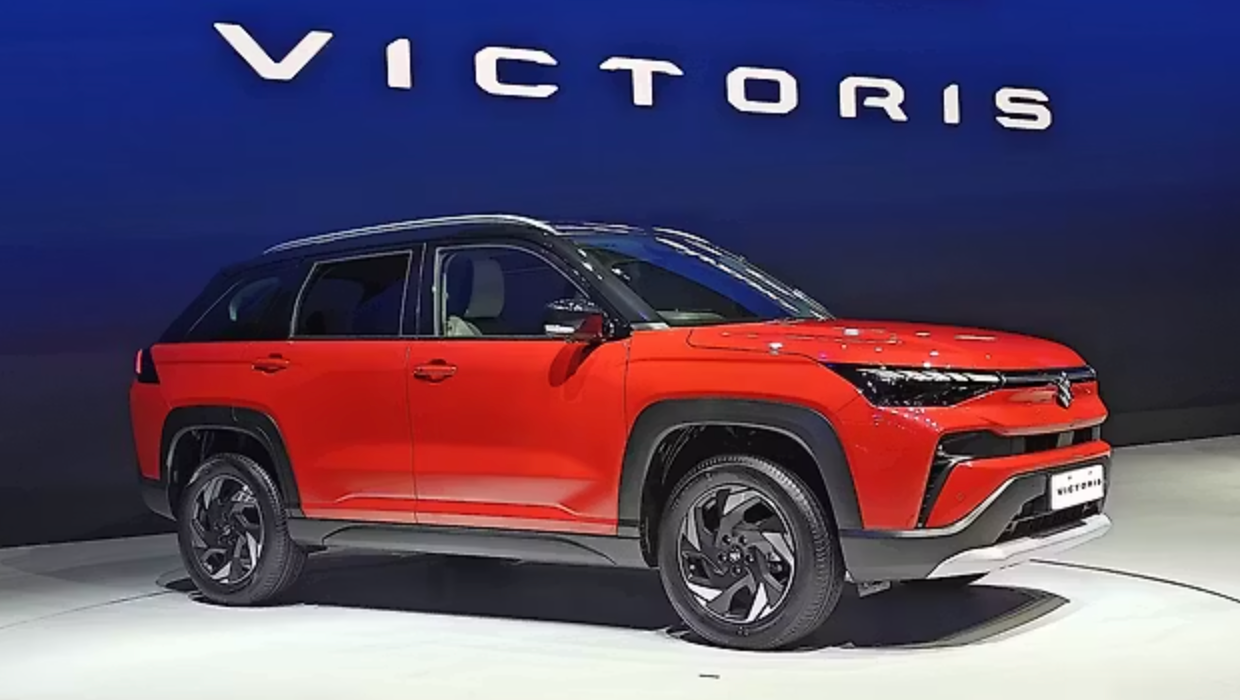The electric vehicle (EV) market in India is poised for a surge, with both Hyundai and Kia, sister brands under the Hyundai Motor Group umbrella, gearing up to launch compelling offerings in the compact SUV segment. Kia has unveiled its EV3 globally, while details surrounding the Hyundai Creta EV remain under wraps. However, considering the close ties between the brands and their history of platform sharing, we can speculate on some potential similarities between the two vehicles. Let’s delve deeper into this topic, exploring the features the Hyundai Creta EV might borrow from its Kia counterpart.

A Balancing Act: Shared DNA with Individuality
Hyundai and Kia are known for creating distinct identities within their shared platforms. While core elements might be similar, they strive to differentiate their vehicles through design choices:
- Shared Platforms, Distinct Cabins: Unlike some manufacturer partnerships where cabins are nearly identical, Hyundai and Kia prioritize individual design cues. This translates to variations in dashboards, screen layouts, and center consoles while maintaining a sense of underlying similarity.
- Examples of Differentiation: We’ve witnessed this approach with the Creta and Seltos, as well as the IONIQ 5 and EV6. The Creta EV is likely to follow suit, featuring a unique cabin theme and subtle design variations around the dashboard.
- Overall Layout Convergence: Despite individual touches, expect the Creta EV to share fundamental design elements with the EV3. This might include dual integrated screens, a sleek air vent design, a similar sliding center console, and a broadly similar cabin layout. However, the India-spec Creta EV might cater to a slightly less premium market segment compared to the global EV3.
Feature Parity: A Focus on Functionality
Positioning themselves within the same segment, the Creta EV and EV3 are likely to boast a significant overlap in features:
- Feature Focus: Both vehicles are expected to offer a comprehensive suite of features, catering to driver and passenger comfort and convenience. While some exclusive features might exist on either side, a significant common ground is anticipated.
- Predicted Feature List: Drawing from the EV3’s feature set, the Creta EV might include dual 12.3-inch displays (infotainment and driver’s), touch-controlled automatic climate control with rear AC vents, ambient lighting, cruise control, vehicle-to-load (V2L) capabilities, and a panoramic sunroof. Features like a 12-inch heads-up display might remain exclusive to the EV3.
Safety First: Advanced Driver-Assistance Systems (ADAS)
The focus on safety is paramount in the automotive industry, and the Creta EV is likely to inherit the EV3’s ADAS technology:
- Level 2 ADAS: The Kia EV3 boasts a Level 2 ADAS system, a suite of features designed to enhance driving safety. Considering the shared ADAS setup between the Creta and Seltos, this technology is a strong candidate for inclusion in the Creta EV.
- ADAS Features: This system typically incorporates functionalities like forward collision warning, rear collision warning, autonomous emergency braking, lane keep assist, and adaptive cruise control. Additional safety features like airbag count, electronic stability control, 360-degree camera, and front and rear parking sensors are also likely to be carried over from the EV3.
Powertrain and Performance: Borrowing for Efficiency?
While specific details remain undisclosed, the Creta EV’s powertrain and performance might mirror the EV3’s setup with some potential tweaks:
- Battery Pack Options: Globally, the EV3 offers two battery pack choices: a 58.3 kWh unit and a larger 81.4 kWh option. Considering cost constraints in the Indian market, the Creta EV is likely to adopt the smaller battery pack for affordability.
- Performance Figures: The 58.3 kWh battery pack in the EV3 comes paired with a front-wheel-drive (FWD) setup, potentially offering a WLTP (Worldwide Harmonized Light Vehicles Test Procedures) claimed range exceeding 400 km. The Creta EV might follow suit with this configuration.
- Motor and Performance Tuning: The EV3’s motor delivers 204 PS and 283 Nm, enabling a claimed 0-100 km/h acceleration time of 7.5 seconds and a top speed of 170 km/h. Hyundai might prioritize affordability in the Indian market by offering a slightly detuned version of this powertrain for the Creta EV, potentially leading to a longer overall driving range.
FAQs
Q: Will the Hyundai Creta EV and Kia EV3 share the same platform?
A: While official confirmation is pending, there’s a strong possibility that both vehicles will utilize a similar platform due to the shared resources within the Hyundai Motor Group.
Q: How will the interiors of the Creta EV and EV3 differ?
A: While both might share a similar overall layout, expect the Creta EV to have a distinct cabin theme and potentially slightly different design elements compared to the global EV3. The India-spec Creta EV might cater to a slightly less premium market segment.
Q: What features are likely to be common between the Creta EV and EV3?
A: Both vehicles are expected to offer a comprehensive suite of features, including dual large displays, a panoramic sunroof, touch-controlled climate control, and advanced driver-assistance systems (ADAS). There might be some feature differentiation, but a significant overlap is likely.




